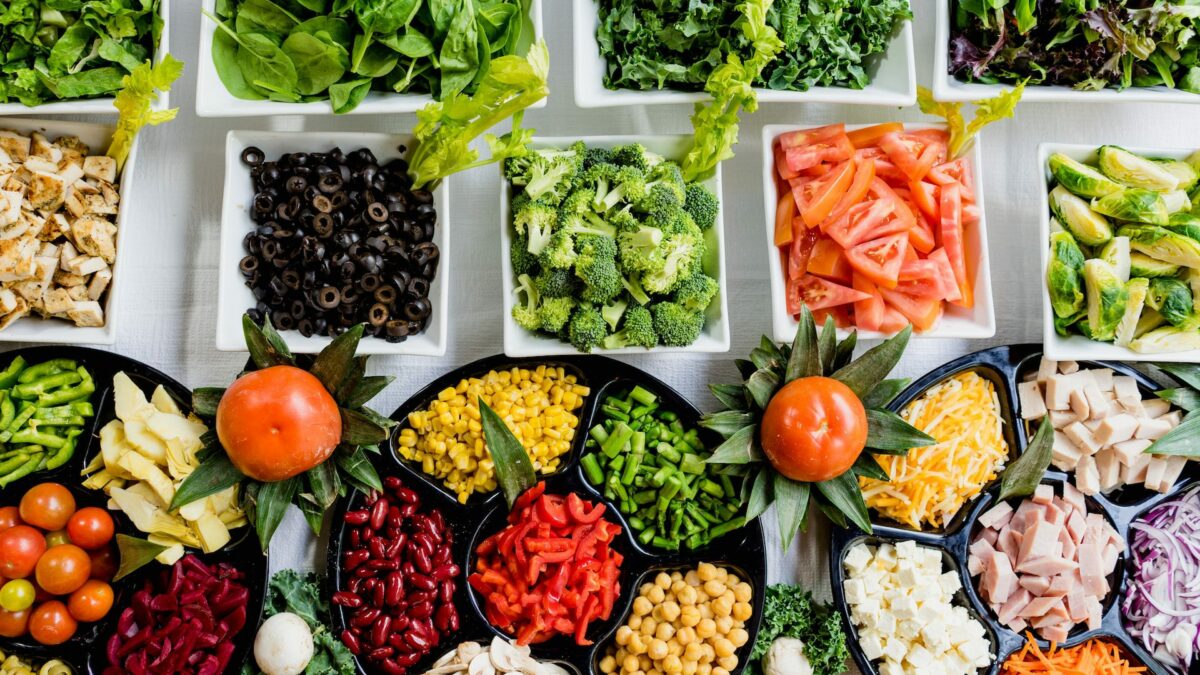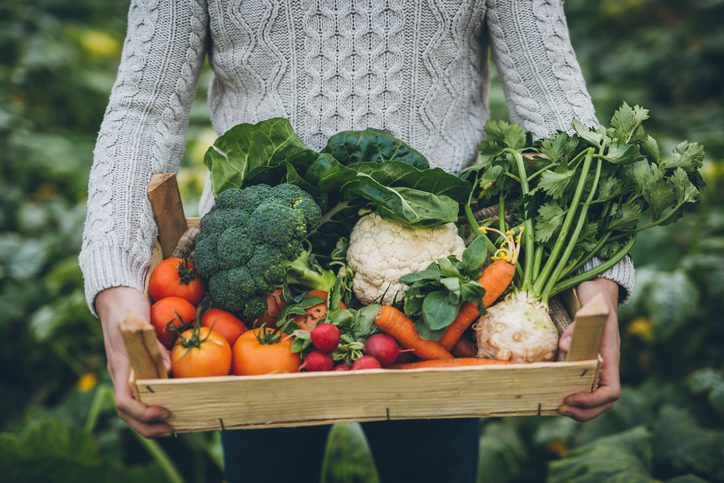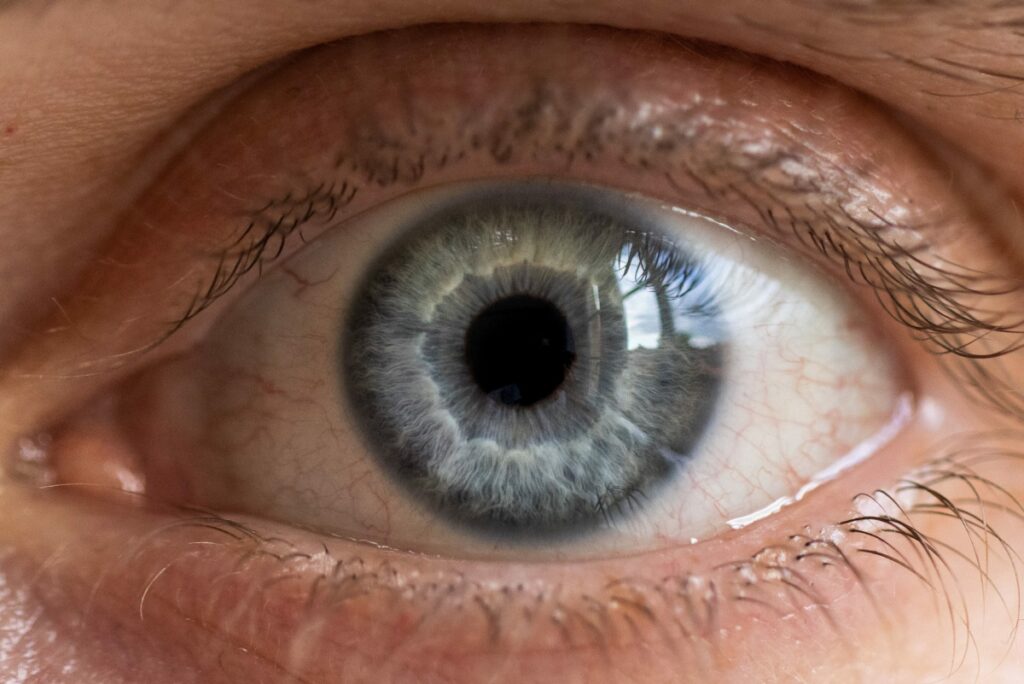Can the colour of your food affect your running performance?
A new study links compounds found in colourful foods to improved visual range in athletes
 Photo by:
Dan Gold/Unsplash
Photo by:
Dan Gold/Unsplash
Choosing colourful foods could help runners improve their visual range—a crucial but often overlooked component of athletic performance—according to the authors of a recent research review.
In “A Dietary Strategy for Optimizing the Visual Range of Athletes,” published in the Excercise and Sport Sciences Review, researchers suggest two compounds found in leafy green vegetables, yellow egg yolk and a variety of coloured fruits and vegetables can improve how far athletes are able to see clearly.

The researchers noted previous studies have shown that ingesting these compounds, lutein and zeaxanthin, can help improve vision by decreasing glare and increasing the contrast between different colours. This most recent study, however, shows that these pigments can also increase an athlete’s visual range. This is important, say the study’s authors, as “small improvements in visual ability can produce significant performance advantages in athletic competitions.”
The study notes the compounds collect in the eye as yellow pigments, which help filter out blue light that naturally occurs outdoors. Reducing blue light—which also emanates from phone and computer screens and has been linked to eye strain—results in sharper contrast and an ability to see more clearly at greater distances, say the researchers.

The authors suggest that highly active athletes, such as runners, may be prone to making poor dietary choices, as higher volumes of exercise can help keep athletes from gaining weight, regardless of what they eat. As a result, many may be skimping on greens and vegetables that contain lutein and zeaxanthin. Therefore, they write, “it is likely that many athletes across a range of outdoor sports see less well than they could.”
They write that a “benign and relatively low-effort dietary intervention” would be to simply eat more foods that are rich in these compounds, ideally consuming above six milligrams each day. Foods that are high in lutein and zeaxanthin include spinach, eggs, carrots, oranges, summer squash, peas and tomatoes.

The potential advantage for runners in making room on their plate for foods rich in these compounds is not only better performance, by having a better view of the road or trail ahead to spot distant turns and other terrain changes more clearly, for example—but also greater awareness of hazards on the course and increased injury prevention.
“Increasing retinal and brain levels of [lutein and zeaxanthin] would improve visual and cognitive performance while protecting athletes from a range of common injuries ranging from actinic eye and skin damage to brain injury,” the authors conclude.

